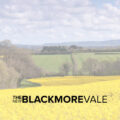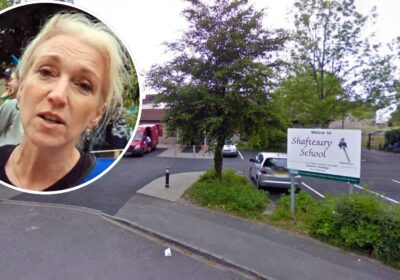Mesolithic flint blades and iron age pottery are among the exciting finds dug up by volunteers as part of an archaeological project being carried out at Springhead this summer and autumn.
The project has focussed on a series of test pits dug in Milcreats, the field just beyond Springhead’s car park, alongside the footpath from the village.
It is being led by Julian Richards, archaeologist and broadcaster, who has for a long time been interested in the Mesolithic people who lived in and around Springhead in the middle stone age – between 12,000 and 7,000 years ago.
Julian said: “We’re hoping to tell the story of the field, starting in Mesolithic times when hunter gatherers would probably have come to the area in search of wild animals that drank from the natural springs. This was before people started changing the land by farming it, and wolves, bears and beavers would have roamed around.”
The volunteers, some of whom are from local archaeological societies, but also include interested local residents, have also found things from other periods of history and pre-history.
Julian added: “There are bronze age barrows on the hill from the time when the fields were first cultivated, so we weren’t surprised to find bits of bronze age pottery in the field which may have been thrown out with animal manure. We’re also keeping things from more recent history – even an old rusty monkey wrench which helps to build a picture of the field’s past!”
The team is also digging test pits in other parts of the Springhead site, and recently found a rammed chalk wall in one of the kitchen garden’s raised beds which could be part of a much earlier mill building, built before brick was available. Now that evidence of layers of prehistory and history have been found, Julian hopes to dig many more test pits and, depending on the results, carry out more extensive excavations. The first find from the first metre-square test pit was one of the distinctive long flint blades that Mesolithic people used.
Julian said: “The 14-year-old volunteer who picked it up was the first person to have held it for at least 7,000 years. That’s hands-on history.”
Support Us
Thank you all so, so much for the love and appreciation you’ve shown us since we launched the New Blackmore Vale.
Please show your support and add a review on our Facebook page or on Google.










Leave a Reply